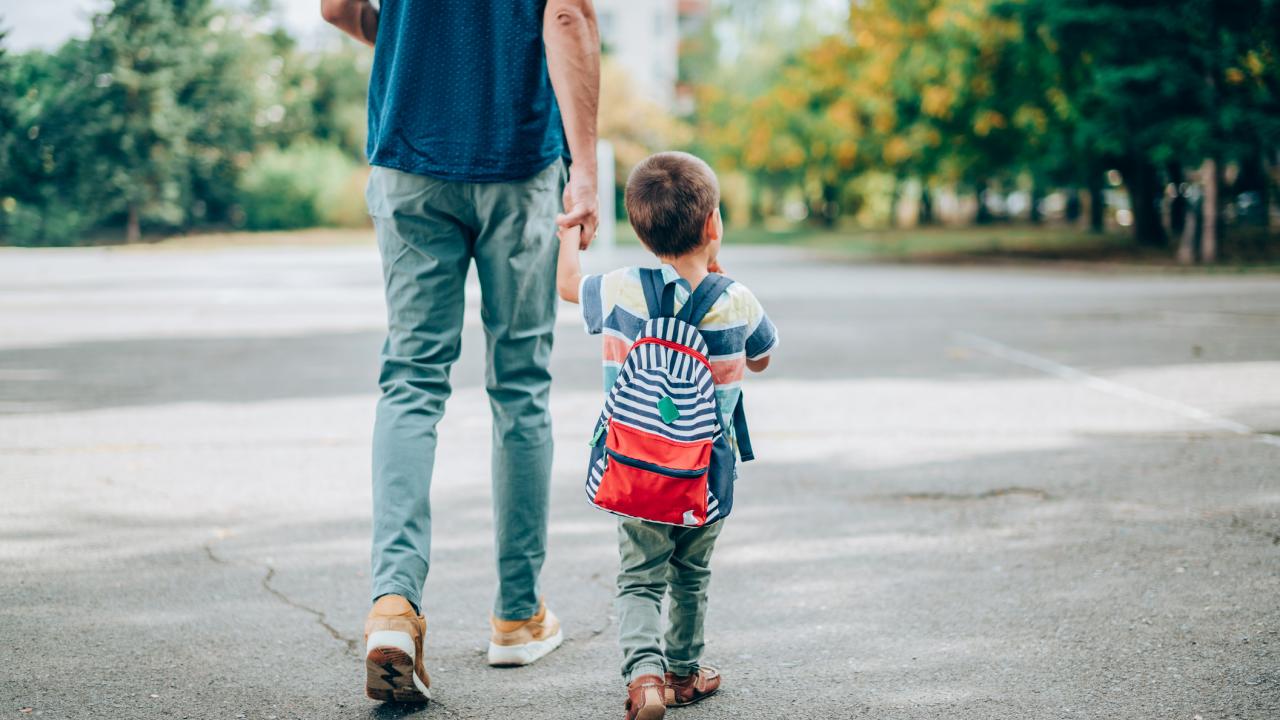The rise in anti-Asian hate crimes during the pandemic has prompted many Asian American parents to enroll their children in remote learning out of concern for their child’s safety at school. Asian American youths are enrolled in remote learning at much higher rates than other racial groups. Federal data show that 78 percent of Asian American 8th graders attended school virtually in February 2021, whereas just 59 percent of Black, 59 percent of Latino and 29 percent of white students attended school virtually.
Here, three scholars addressed school safety for Asian American students. Included is Kevin Gee, associate professor in the UC Davis School of Education.
Read the full article in The Conversation here.
Aggie J. Yellow Horse, assistant professor of Asian Pacific American Studies at Arizona State University
Data show that many Asian American youths have experienced anti-Asian violence in the past year.
Asian Americans have experienced a great deal of racial harassment amid the COVID-19 pandemic. A recent survey found that 1 in 8 Asian Americans reported experiencing anti-Asian hate incidents in 2020. The victims of that harassment aren’t just adults – they include students.
Since the beginning of the pandemic, more than 3,800 hate incidents targeting Asian Americans and Pacific Islanders have been reported to the Stop AAPI Hate National Reporting Center. Among the incidents early in the pandemic, 16% percent of the targets were Asian American youths ages 12-20.
What are the biggest worries for Asian American youth and parents?
Charissa S. L. Cheah, professor of psychology at the University of Maryland, Baltimore County
Many Asian American parents are worried that their children will be the victims of discrimination once school reopens.
In one survey, nearly 1 in 2 Chinese American parents and 1 in 2 Chinese American youth reported being directly targeted with COVID-19 racial discrimination in person or online. About 4 in 5 of these parents and their children also reported witnessing racism directed at someone else of their own race either online or in person.
What can schools do to reduce threats to Asian American students?
Kevin Gee, an associate professor in the school of education at the University of California Davis
Helping students build strong and supportive relationships with each other can reduce their physical victimization and buffer the negative effects of discrimination Asian Americans face.

Schools can also create supportive environments by implementing a range of evidence-based approaches, such as building teachers’ cultural knowledge and strengthening teacher-student relationships. Activities like engaging students in class discussions about bullying have been shown to reduce bullying.
Alongside initiatives to build supportive environments, schools should also consider partnering with parents. Directly engaging Asian American parents in anti-bullying initiatives can help reduce victimization. For example, schools can collaborate with parents to craft disciplinary policies on bullying. Schools can also hold workshops to teach parents how to handle and prevent bullying.
In order to reduce threats and eradicate harm, I believe schools will need to consider whether they are doing enough to protect Asian American youth. One landmark case underscores this. In the aftermath of violent attacks on Asian American students at South Philadelphia High School in 2009, a Department of Justice investigation revealed that the school district was “deliberately indifferent” to harassment against Asian students that fueled the attacks.
A key takeaway: Harms against Asian American students can be systemic and require broader structural solutions. When South Philadelphia High School began to do more to promote multicultural awareness and improved systems to report and investigate harassment, the school saw fewer violent incidents.
To make Asian American youth feel safe and protected, schools need to track, report and respond to incidents of hate against Asian Americans, especially among Asian American ethnic subgroups. Subgroup data, often lacking on Asian Americans, can be a powerful tool in revealing potential disparities and highlighting groups that schools need to target for support.
I believe schools also need to invest in longer-term systemic changes such as including a more complete history of Asian Americans in U.S. social studies curricula.
